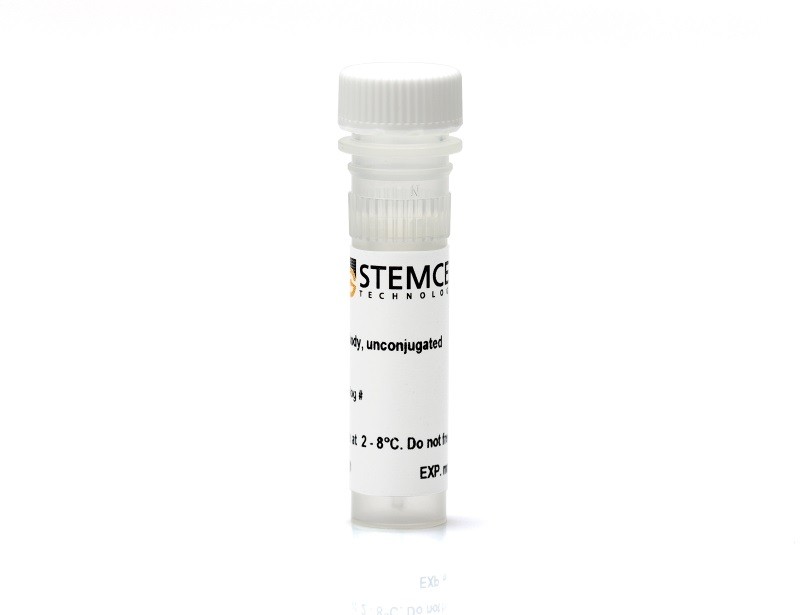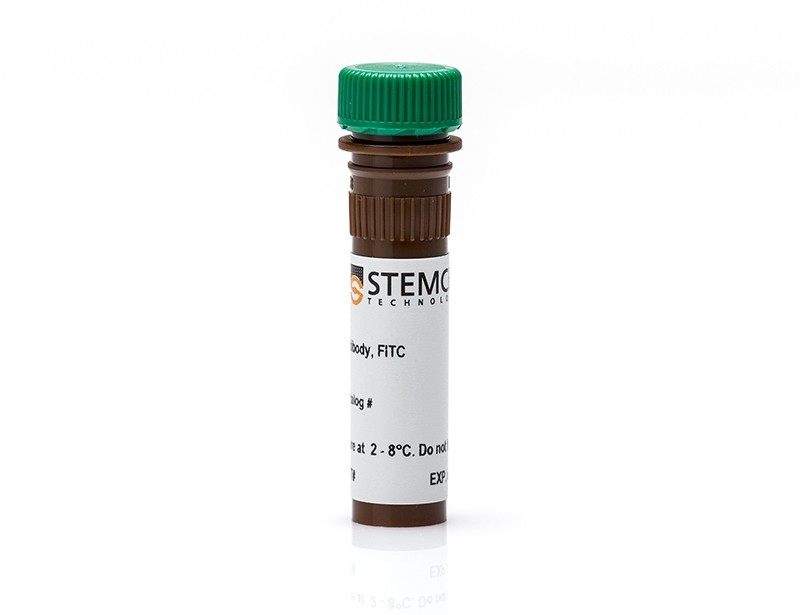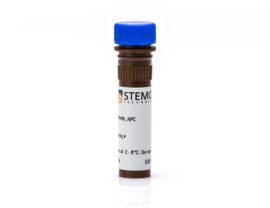

Overview
The HCD56 antibody reacts with CD56 (NCAM), a member of the immunoglobulin (Ig) super family containing 5 Ig-like domains and two fibronectin type-3 domains in its extracellular portion. Multiple isoforms have been identified, including transmembrane and GPI-anchored forms. CD56 is subject to several types of post-translational modification, including addition of a polysialic acid moiety to the 5th Ig-like domain. The ~140 kDa isoform of CD56 is considered the prototypic cell surface marker on human NK cells. Around 90% of the NK cells express CD56 at low density while ~10% express the protein at relatively high levels. CD56 is also variably expressed by a subset of NK-T cells in peripheral blood, neurons, muscle cells, some stem cells, and in vitro-cultured T cell clones. It is also expressed by several types of tumors, including myeloma, neuroblastoma and small cell lung carcinoma cells. CD56 mediates cell-cell and cell-matrix adhesion via homophilic and heterophilic interactions, respectively, and has been implicated in activating intracellular signaling pathways. CD56 plays important roles in neuronal development both during embryogenesis and in adults.
This antibody clone has been verified for purity assessments of cells isolated with EasySep™ kits, including EasySep™ HLA Buffy Coat CD56 Positive Selection Kit and EasySep™ Human CD56 Positive Selection Kit ; partial blocking may be observed, as well as EasySep™ HLA CD2 Positive Selection Kit and EasySep™ Human NK Cell Enrichment Kit .
Subtype: Primary Antibodies
Target Antigen: CD56 (NCAM)
Alternative Names: Leu-19, N-CAM, NCAM-1, NKH1
Reactive Species: Human
Conjugation: Alexa Fluor 488; APC; Biotin; FITC; PE; Unconjugated
Host Species: Mouse
Cell Type: NK Cells
Application: CyTOF; Flow Cytometry; Immunohistochemistry
Area of Interest: Immunology
Clone: HCD56
Gene ID: 4684
Isotype: IgG1, kappa









